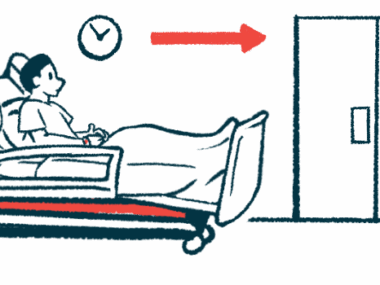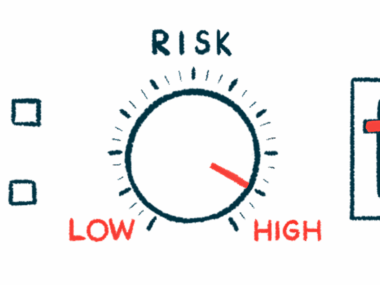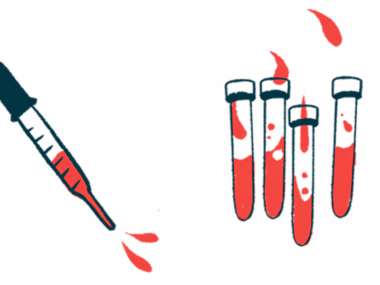Puberty hormones may fuel thymus enlargement in MG girls: Study
Enlarged glands more common in teen girls than younger, older patients
Written by |

Adolescent girls with juvenile myasthenia gravis (JMG) were more likely to have enlarged thymus glands than younger girls and adults with myasthenia gravis (MG), according to a retrospective study in France.
The higher levels of female hormones during puberty may explain these results, the researchers noted, supporting the potential benefits of a thymectomy, or the surgical removal of the thymus gland, in female MG patients before puberty.
The study, “Comparison of juvenile and adult myasthenia gravis in a French cohort with focus on thymic histology,” was published in the journal Scientific Reports.
MG is an autoimmune disease caused by the abnormal production of self-reactive antibodies against proteins essential for muscle contraction. This leads to symptoms such as muscle weakness and fatigue.
In most cases, the self-reactive antibodies target a protein called acetylcholine receptor (AChR). In MG, the immune B-cells that produce anti-AChR antibodies develop in the thymus gland, which is located in the chest, in clusters of rapidly growing immune cells called germinal centers (GCs). This, along with other thymus abnormalities, makes thymectomy one of the therapeutic options for MG.
Puberty hormones play role in GC formation, function
JMG is an early-onset form of MG. It develops before age 18, and accounts for just 10%-15% of all MG cases.
A team of researchers in France analyzed data from 938 MG patients under 40 who were registered in a French database between 1980 and 2019.
Patients were divided into four groups based on age. A total of 85 patients were younger than 13 (prepubescent JMG, or pre-JMG; 75.3% female), 132 were ages 13-17 (postpubescent JMG, or post-JMG; 78% female), 457 were 18-30 years (young adults; 80.3% female), and 264 were 30-39 (older adults; 77.7% female).
The division between pediatric patients before and after puberty was due to the fact that sexual hormones, found at higher levels during puberty, “play a crucial role in modulating the formation, function, and maintenance of GCs,” and “influence the processes of B-cell activation [and] antibody production,” the researchers wrote.
Results showed that a significantly lower proportion of older adults (69.7%) were positive for AChR-targeting antibodies when compared with any of the other three groups (82.4% of pre-JMG, 84.8% of post-JMG, and 82.9% of young adults).
Among patients positive for anti-AChR antibodies, those who had undergone thymectomy during the year of symptom onset were significantly fewer in the pre-JMG group (32.9%) when compared with pro-JMG patients (43.2%), young adults (42.5%), and older adults (43.2%).
Patients in the pre-JMG group waited significantly longer to undergo a thymectomy relative to the other groups: a mean of nearly 5.5 years, compared with about 2.5 to three years.
Tissue analyses of the removed thymus glands from patients positive for anti-AChR antibodies who had not received immunosuppressive treatments showed that thymus enlargement was significantly more frequent among post-JMG patients (95%) compared with pre-JMG patients and older adult patients.
Post-JMG patients also showed the highest number of GCs in the thymus. Notably, the higher rate of thymus enlargement and higher GC counts in the post-JMG group relative to the other groups was observed only among females.
Statistical analysis also showed that higher levels of AChR-targeting antibodies were significantly associated with higher numbers of GCs in JMG patients and adult MG patients.
Overall, the findings suggest that adolescent girls with JMG more commonly have enlarged thymuses, “probably exacerbated by high levels of feminine sexual hormones” during this period of life, the team wrote.
“Considering that the thymus plays an active role in the production of [self-reactive] AChR B cells and the correlation between the degree of [thymus enlargement] and the anti-AChR [antibody levels], this underscores the potential benefits of thymectomy for MG patients before puberty,” the researchers concluded.







Leave a comment
Fill in the required fields to post. Your email address will not be published.